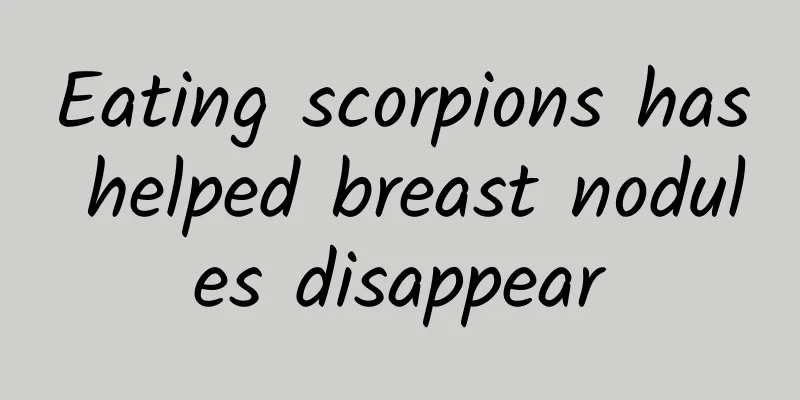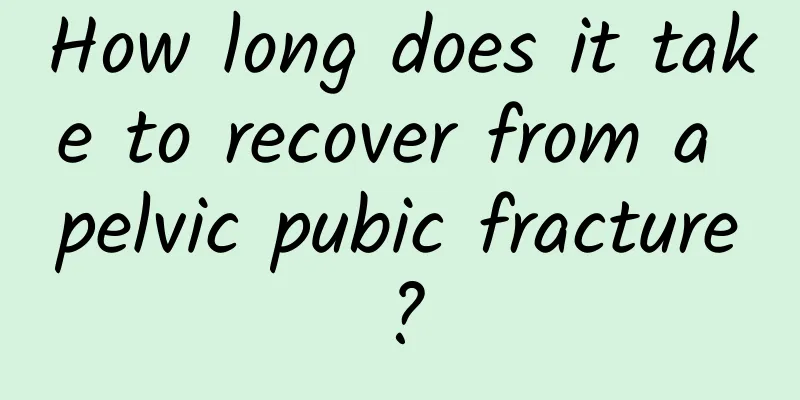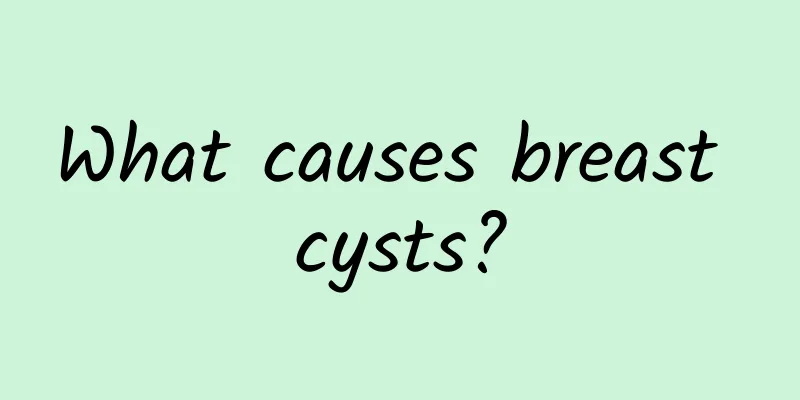The best time to treat hemangioma

|
The best time to treat hemangiomas is a concern for many parents and patients. Hemangiomas are common benign tumors that usually appear within a few weeks after a baby is born and may disappear on their own over time. However, not all hemangiomas disappear on their own, and some may affect the child's appearance or health, so it is particularly important to know when to treat them. Hemangiomas can grow very quickly in the first few months after birth, especially in the first three to six months. This period is called the proliferative phase, and hemangiomas can quickly grow and may cause pressure on surrounding tissues or even affect organ function. For hemangiomas in certain locations, such as the eyes or respiratory tract, early intervention may be necessary to prevent long-term functional impairment. Doctors usually decide whether to treat the hemangioma during the proliferative phase based on its location, size, and effect on the child. If the hemangioma is not a health threat, many doctors recommend a wait-and-see approach, as most hemangiomas will gradually regress after the child is one year old. During this phase, the hemangioma will become lighter in color and smaller in size. Around the age of five to seven, many hemangiomas will completely regress, leaving only minor skin changes. However, for those hemangiomas that are still noticeable even during the regressive phase, or for those that develop complications during the regressive process, doctors may recommend further treatment. Modern medicine provides a variety of treatments for hemangiomas, including laser therapy, drug therapy, and surgical resection. The choice of treatment depends on the specific circumstances of the hemangioma and the patient's age, health status, and other factors. Laser therapy is usually used for superficial hemangiomas, while drug therapy such as the use of beta-blockers can effectively reduce the size of the hemangioma. For larger or deeper hemangiomas, surgery may be the most effective option. It is important for parents to closely monitor changes in their children's hemangiomas and communicate with their doctors regularly. Early identification of possible problems and intervention when necessary can help avoid long-term effects of hemangiomas on your child's health. No matter what treatment is taken, ensuring your child's safety and health is always the most important thing. By working with professional doctors, parents can choose the best time and method of treatment for their children. |
<<: Can I eat donkey-hide gelatin if I have breast cysts?
>>: What causes blue veins to bulge?
Recommend
What is the most serious breast cyst?
Breast cysts are not usually graded into differen...
Can I drink glutinous rice wine if I have breast cyst?
Patients with breast cysts are not recommended to...
What are the dangers of gallstones?
Gallstones may cause biliary colic, acute cholecy...
What should not be eaten for breast hyperplasia
Patients with breast hyperplasia should avoid foo...
Is a ruptured aneurysm serious? Is there any treatment?
If you have an aneurysm, it is best to relieve it...
What causes arthritis in children?
The causes of childhood arthritis may include gen...
Can I still run after having synovitis?
Whether you can run after synovitis depends on th...
Can I drink milk every day if I have breast cyst?
Patients with breast cysts can generally drink mi...
Is liver cyst easy to treat? Does it need treatment?
Liver cysts are usually benign and most patients ...
What are the effects of gallstones on the body?
The effects of gallstones on the body can manifes...
Do breast cysts require surgery?
Whether breast cysts require surgery depends on t...
What are the symptoms of hydrocephalus in a two-year-old child?
For two-year-old children with hydrocephalus, tim...
What to eat to recover faster from a broken wrist
After a wrist fracture, recovery can be accelerat...
What causes anal fissure in newborns?
Anal fissures in newborns are usually caused by d...
Effects of breast cysts on breastfeeding
Breast cysts usually do not directly hinder breas...









